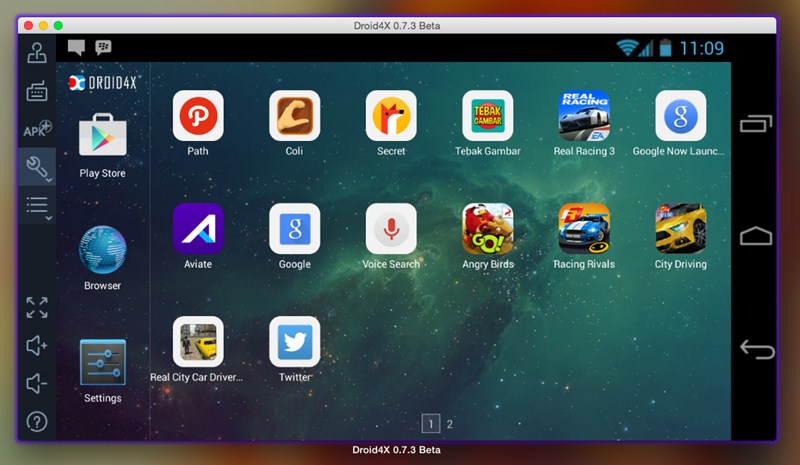

The running application was located from 0x0100 up, and the operating system was at the top of memory, with the application stack growing down from just below the start of the OS. On a CP/M system, which could access a total of 64 KB of memory, the region from 0x0000 to 0x0100 (Zero Page) was reserved to the operating system and contained, among other things, the command line arguments. Since MS-DOS implemented the same ABI and memory map, it was source-code compatible with CP/M. While not binary compatible, the Intel 8086 was “assembly source compatible” with the 8080, which meant that it was easily possible to convert /Z80 assembly source into 8086 assembly, since the two architectures were very similar (backward-compatible memory model one register set could be mapped onto the other) and only the instruction encoding was different. Seattle Computer Products “86-DOS”, which later became MS-DOS (called “PC-DOS” on IBM machines), was a clone of CP/M, but for the Intel 8086, much like DR’s own CP/M-86 (which later became DR-DOS).

CP/M to PC-DOS/MS-DOSĬP/M was an 8 bit operating system by Digital Research that ran on all kinds of Intel 8080-based systems. Let us look at how this has been done in the last 3 decades, looking at DOS/Windows, Macintosh, Amiga and Palm. It isn't really being actively updated, though.Operating system vendors face this problem once or twice a decade: They need to migrate their user base from their old operating system to their very different new one, or they need to switch from one CPU architecture to another one, and they want to enable users to run old applications unmodified, and help developers port their applications to the new OS.

#Cp m emulator mac os x free
Then there is AROS, the Amiga Replacement Operating System, which has the benefit of being free and open-source and available on x86. There is MorphOS, which is in the same position except with fewer hardware options and no new ones on the horizon (and no new development of the OS either) However, I think someone ported it once to the PowerPC Mac Mini, so if you can find such a beast you could test it out.

The main issue with AmigaOS 4.1 is that it only runs on PowerPC motherboards, which are only produced in small batches alongside embedded industrial runs, so you sort of have to get lucky to actually get any hardware. Now, there is supposedly an X5000 that might exist at some point, but it's not ready yet. Unfortunately, all the motherboards that could support this OS are all sold out, even the very expensive X1000. The most "official" AmigaOS successor is AmigaOS 4.1 "Final Version", created by Hyperion Entertainment under contract to Amiga, Inc. This is a very complicated and depressing question to answer. (For one thing, there seems to be an Atari project now, but it's tightly coupled with the original hardware) Any other suggestions? Which version/fork/spiritual successor of AmigaOS is even the most complete right now?Īnyone know how active GNUstep is these days? The Étoilé site seems to have been last updated in 2014.Īnd I'm sure there are other OS's out there that aren't dependent on the offspring of Amiga/IBM/Be/NextStep. I do not know enough about AmigaOS and its many fractious variants. Interesting discussion here that bemoans the lack of open-source interest in it, mentions several other obscure open source OS projects, and also bashes Haiku a bit. OS/2 is not yet open-sourced, but a company is bringing it back as an update. Haiku, a continuation of BeOS seems to have gotten a lot of positive buzz, though the project is pretty slow. I'm interested in checking them out, but which one is most worth time investment? In terms of an OS sufficiently different from Windows/OS X/Linux/BSD to be worth tinkering with, but also with enough of a community to not be completely gone? Many near-dead OS eternally lie in some sort of dormant state, pushed along by open source enthusiasts and hobbyists.


 0 kommentar(er)
0 kommentar(er)
